UK expert group focuses attention on non-exhaust emissions from road traffic as regulatory concern
Green Car Congress
JULY 14, 2019
A new report released by the Air Quality Expert Group ( AQEG ) in the UK recommends as an immediate priority that non-exhaust emissions (NEE) are recognized as a source of ambient concentrations of airborne PM, even for vehicles with zero exhaust emissions of particles. and PM 10 emissions. of all UK primary PM 2.5



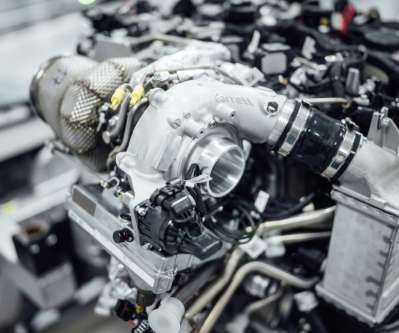
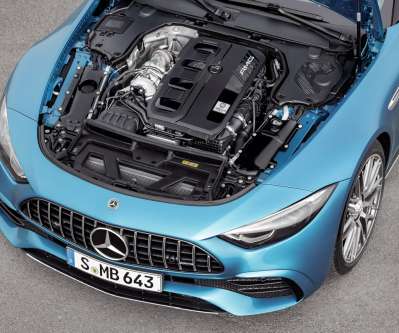

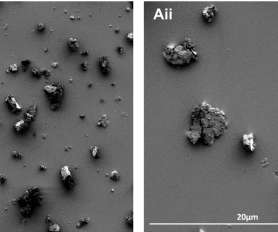

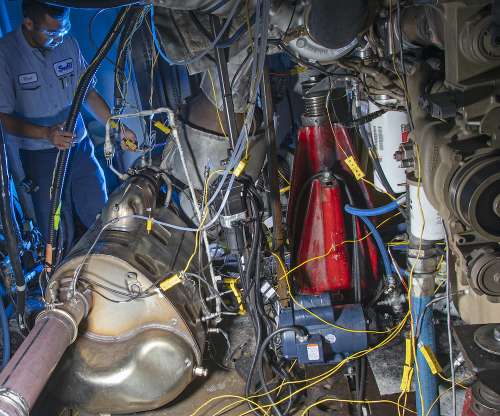
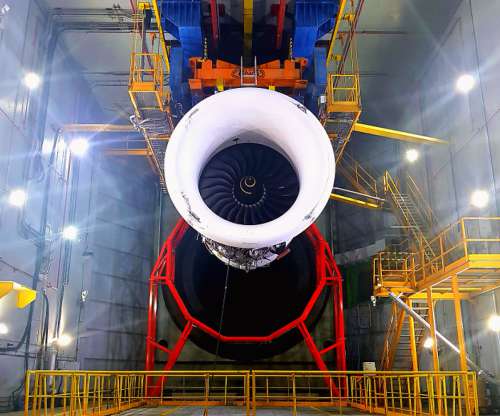




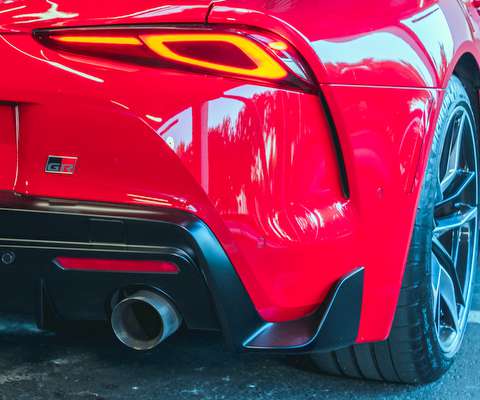
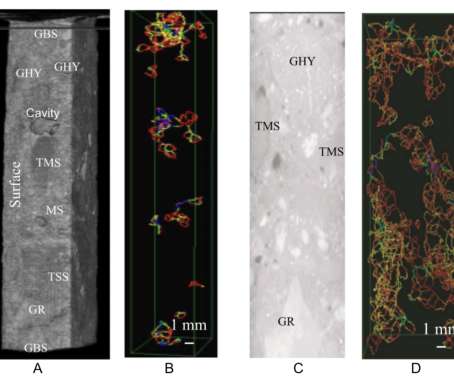




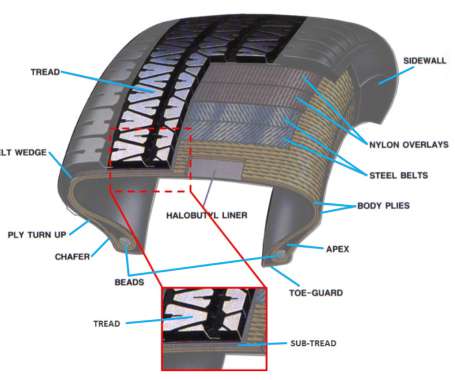



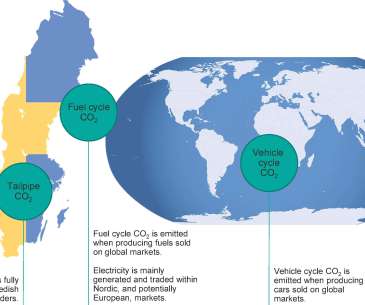

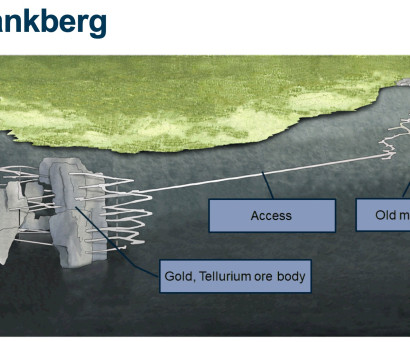








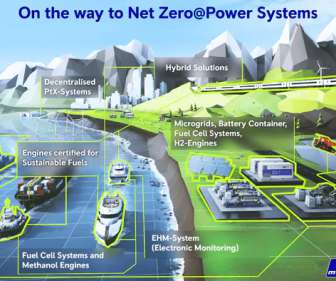









Let's personalize your content